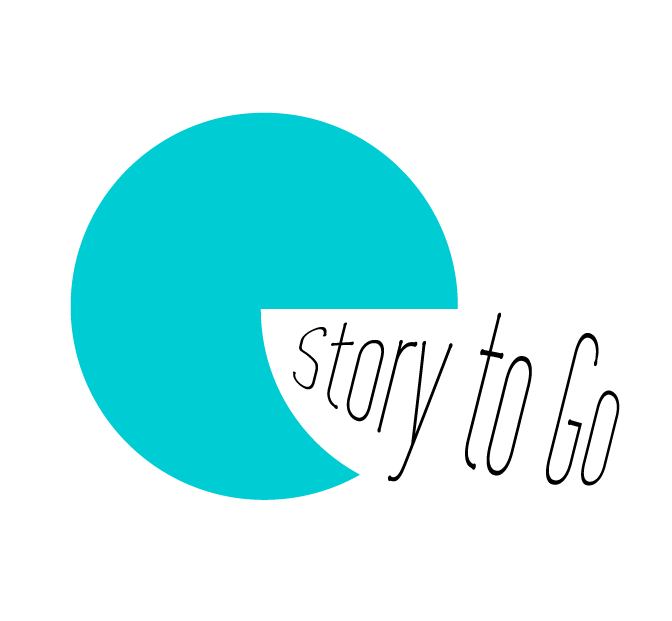Prepare and Practice
Know your Equipment
The key to success is practice and planning. It’s important that you practice using your equipment before your first interview so you are able to work out any issues that may arise. It also helps you look prepared in front of the people you are interviewing and builds confidence.
Your smartphone or iPad is your recording device. If you are using an iPhone or an iPad, you can use the built-in app “Voice Memos.” If you are using an Android device, you can use a voice recording app already installed on your device (such as Samsung’s built-in “Voice Recorder app” or download one of the many options available.

NPR (2018) wisely reminds us that no matter what device you choose, ensure that you have enough available storage on your device to save the files you record. Test out a few recordings of varying lengths to see what file sizes to expect.
How to Get The Best Audio Possible
Your goal is to capture the best audio you possibly can. That means loud and clear with minimum background noise, so choose locations that aren’t too loud. Unless it is a creative choice, avoid places with music playing, as this will make your editor’s job much harder (NPR 2018). In the following video, NPR’s Elissa Nadworny has some excellent and fun tips to help you get the best possible audio you can.
It’s important to know where your mic is on your device and point it towards the person speaking. Don’t get too close or too far away. Rafael Johns of YR Media (2015) recommends utilizing “proper mic placement (fist-width distance from the mouth, slightly off to the side of mouth)” for recording optimal audio. But some people speak louder than others, so ensure that you record a short clip (at least 10 seconds) and listen to your recording to hear if the audio is acceptable (free of background noise and crackles) before recording longer clips (Hicks et al., 2020). For more tips on the fundamentals of field recording, you might want to pause and check out YR Media’s full article here.
